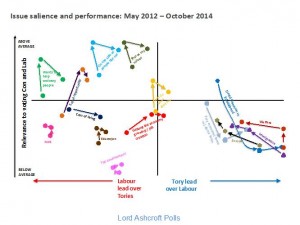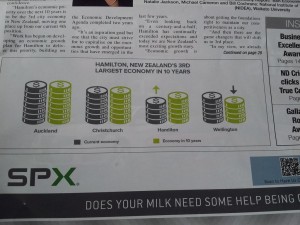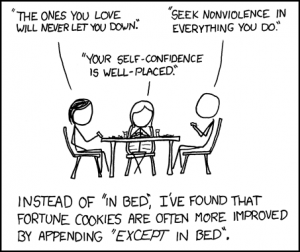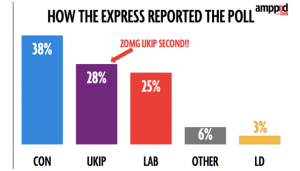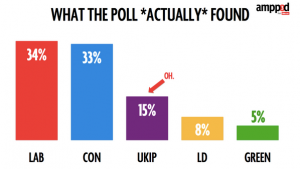Political opinion: winning the right battles
From Lord Ashcroft (UK, Conservative) via Alex Harroway (UK, decidedly not Conservative), an examination of trends in UK opinion on a bunch of issues, graphed by whether they favour Labour or the Conservatives, and how important they are to respondents. It’s an important combination of information, and a good way to display it (or it would be if it weren’t a low-quality JPEG)
Ashcroft says
The higher up the issue, the more important it is; the further to the right, the bigger the Conservative lead on that issue. The Tories, then, need as many of these things as possible to be in the top right quadrant.
Two things are immediately apparent. One is that the golden quadrant is pretty sparsely populated. There is currently only one measure – being a party who will do what they say (in yellow, near the centre) – on which the Conservatives are ahead of Labour and which is of above average importance in people’s choice of party.
and Alex expands
When you campaign, you’re trying to do two things: convince, and mobilise. You need to win the argument, but you also need to make people think it was worth having the argument. The Tories are paying for the success of pouring abuse on Miliband with the people turned away by the undignified bully yelling. This goes, quite clearly, for the personalisation strategy in general.
